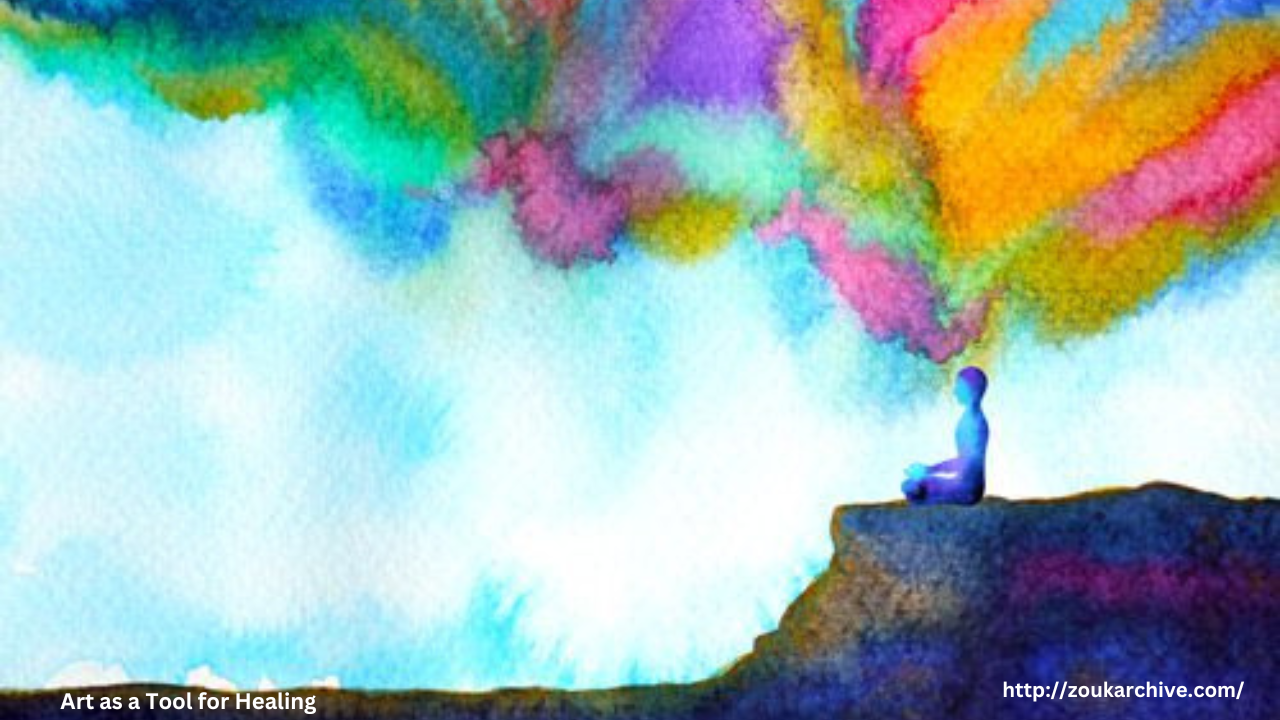Addiction continues to be one of the most misunderstood public health issues in the world. Despite growing awareness, stigma remains a powerful barrier to recovery, often preventing individuals from seeking help or feeling accepted by society. However, a growing number of artists are using their creative talents to challenge these misconceptions and foster understanding. Through painting, music, theater, photography, and more, they are not only navigating their own recovery journeys but also reshaping the narrative around addiction.
Art as a Voice for the Silenced
For many individuals, addiction is closely tied to silence—an inability or unwillingness to talk about trauma, pain, or mental health. Creative expression provides a platform for breaking that silence. Artists in recovery are using their work to communicate what words sometimes cannot: the complexities of addiction, the struggle of recovery, and the hope for a better future.
Through raw, honest creations, these artists allow audiences to see addiction not as a moral failure, but as a human experience marked by vulnerability, strength, and transformation. Paintings that explore inner turmoil, songs about hitting rock bottom and climbing back up, and photographs that capture the faces of addiction and recovery all invite viewers into a more compassionate and nuanced understanding.
Personal Healing Meets Public Impact
Art plays a dual role in the lives of those in recovery. On a personal level, it becomes a therapeutic outlet—helping individuals process their emotions, reduce stress, and find a sense of purpose. But beyond personal healing, their work carries a broader social impact. Each time an artist shares their story through their craft, they help dismantle stereotypes and open up conversations that would otherwise remain buried.
Public exhibits, spoken word events, documentary films, and digital storytelling platforms are increasingly being used to showcase the work of artists in recovery. Events like Creative High and organizations like Faces & Voices of Recovery actively promote the intersection of art and recovery, offering artists a stage to share their truth and inspire others. These efforts are shifting public perceptions and showing that recovery is not only possible—it can also be powerful, beautiful, and deeply creative.
Turning Pain into Purpose
Artists who have battled addiction often describe their recovery as a rebirth of their creativity. What was once suppressed by substances is now channeled into meaningful work. Many of these individuals go on to become advocates, mentors, and leaders in their communities, using their art to educate and empower.
By sharing their journeys, they offer others a sense of hope and belonging. When someone struggling with addiction sees themselves reflected in a piece of art—or hears their own story echoed in a song—it can be a catalyst for change. It says, “You are not alone,” and “There is a way forward.”
Conclusion
Creative recovery is about more than just making art—it’s about making a difference. Artists who share their experiences with addiction are not only healing themselves; they’re healing others and transforming the way society sees addiction. Through courage, honesty, and creativity, they are breaking the stigma and opening hearts and minds to the reality of recovery. Their work reminds us all that behind every struggle lies the potential for beauty, truth, and redemption.









